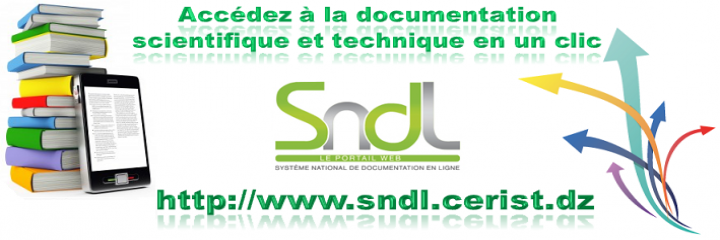The Mission
he laboratory has four main themes: automatic multimedia document management and imaging, machine learning, web technology and intelligent systems, and complex systems modeling.
The researches that will be addressed by the LabSTIC are: pattern recognition, imaging, video mining, handwriting recognition, human learning computing environments (EIAH), intelligent systems, human-machine interaction, data mining, machine learning, modeling complex systems, bio-inspired computing, artificial life, etc.
This diversity favors research at the borders of themes, where the potential for innovation is greatest. In order to present new avenues of research rather than perfect work, the research teams of the laboratory try to describe, study and solve the decision-making problems in these different axes.
Another major objective of the laboratory is also to train executives in research and research, rewarded by masters, doctorate and university habilitation, enhance the results obtained in the teams, ensure scientific dissemination by making it accessible to researchers from different horizons. Nevertheless, the development of quality scientific research that takes into account guidelines, national needs and universal incentives and concerns is equally important.
Themes implemented:
For the most part, the research work to be carried out at the level of the different teams responds much more to a logic of integration and of answers to the socio-economic needs in the field of information and communication technology. In accordance with the research themes mentioned, the research work to be carried out is given as follows:
1) Automatic Management of Multimedia Documents:
a) development of pattern recognition systems;
(b) implement indexing methods.
(c) development of research and ranking processes for multimedia documents.
2) Web Technologies and Intelligent Systems:
development of learning systems / collaborative work;
development of user activity tracking systems;
study the contribution of new technologies (Grid, cloud, ...) and web services in several areas of application.
3) Machine Learning:
a) development of learning algorithms for real-time decision-making applications;
b) development of hybrid methods combining the advantages provided by the different possible combinations of algorithms by evaluating the quality of the response provided;
(c) application of these methods in different socio-economic fields.
4) Modeling and Optimization of Complex Systems:
a) development of new modeling approaches for complex systems;
b) study of the algorithmic complexity of complex systems;
c) study and application of artificial intelligence techniques for solving complex problems.







